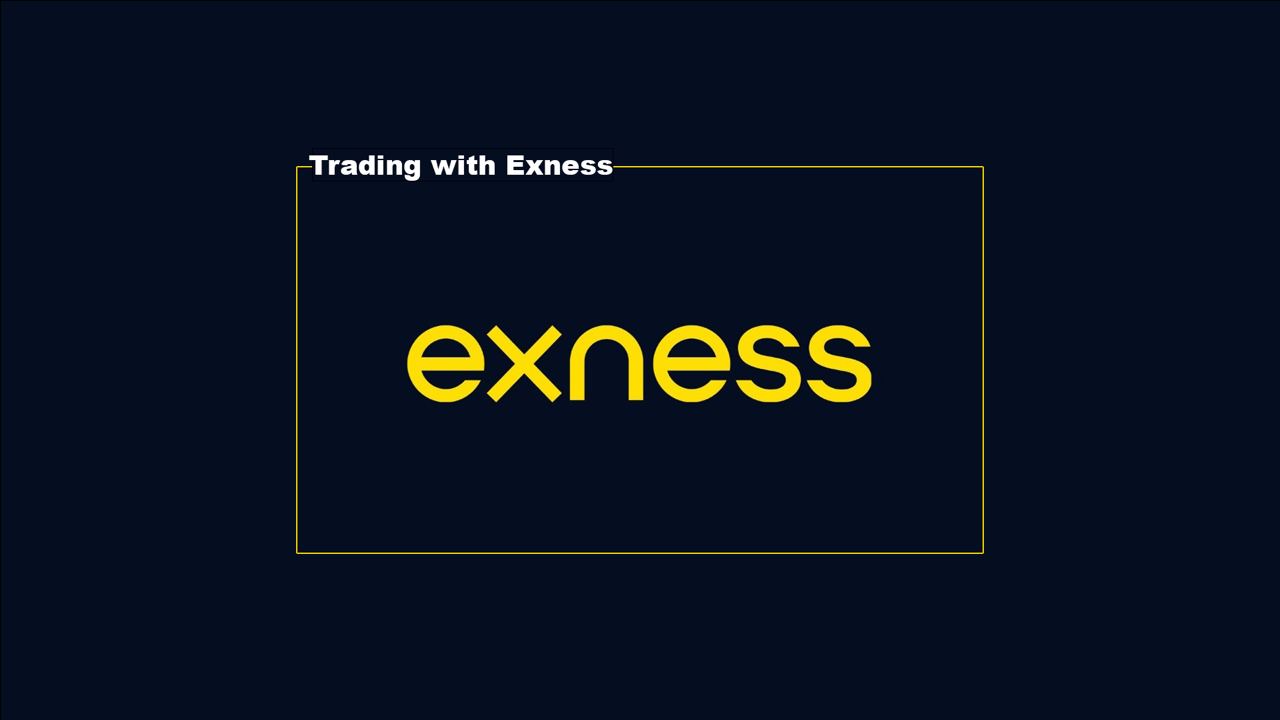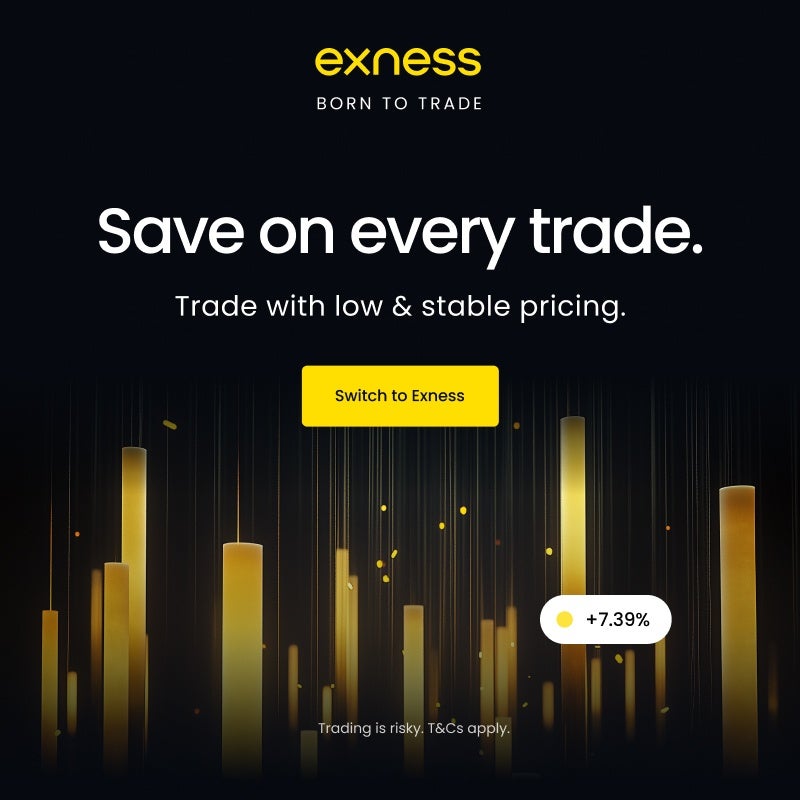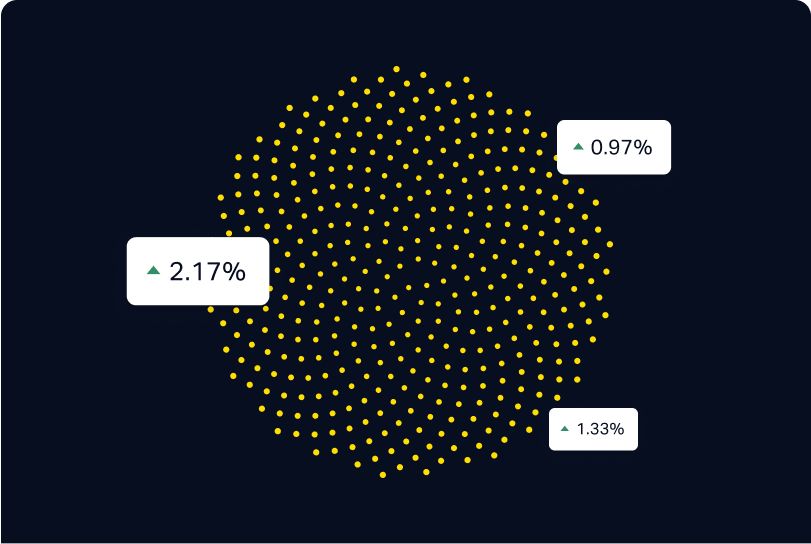
7 minute read
Where Can I Trade Synthetic Indices?
If you’re wondering where to trade synthetic indices, you’re in the right place. These unique instruments are growing in popularity, and plenty of platforms offer them. Whether you’re a newbie or a seasoned trader, finding the right broker is key. Let’s break it down and explore your options—some platforms shine brighter than others for this type of trading.

🏆 Start Trading With Exness – Register Now! 🚀 or Visit the Broker’s Website ⭐
What Are Synthetic Indices?
Synthetic indices are a different beast compared to traditional markets. They’re not tied to real-world assets like stocks or forex pairs. Instead, they’re built from scratch using algorithms that mimic market movements. Think of them as simulated markets—random number generators drive their price action, not news or economic events. You get consistent volatility, like the Volatility 75 or Boom 1000, without the chaos of a sudden Fed announcement. I’ve traded them for years, and they’re perfect if you want action 24/7, no matter what’s happening globally.
What I like about them is their predictability in terms of volatility. They don’t care about holidays or market closures. But here’s the catch—they’re fully artificial, so traditional technical analysis might not always work. It’s a trade-off, but one worth considering if you’re after flexibility.
Top Platforms to Trade Synthetic Indices
There are solid platforms out there for synthetic indices, each with its own flavor. Here’s a quick rundown of the top dogs based on my experience and what traders tend to look for—speed, tools, and reliability.
Deriv (formerly Binary.com)
Deriv is the king of synthetic indices. Hands down. They’ve been in the game forever—used to be Binary.com—and they’ve perfected it. You’ve got options like Volatility 10, Crash 300, or Step Index, all running 24/7. Their platforms, like DTrader and MT5, are smooth and easy to use. I’ve executed trades in seconds without hiccups. Plus, they’re regulated, so your funds feel safer. If synthetic indices are your thing, Deriv’s where you start.
IQ Option
IQ Option’s another big name, though it’s not as deep into synthetic indices as Deriv. They offer a few, like their own volatility indices, and the platform’s slick—great for beginners. I’ve used it for quick trades, and the interface is clean. Problem is, their focus leans more toward forex and options. So, if you want a massive range of synthetic indices, it’s not the top pick. Still, it’s solid for dabbling.
RaceOption
RaceOption flies under the radar but deserves a shoutout. It’s got synthetic indices alongside binary options, and the withdrawals are fast—usually within an hour. I’ve tested it, and the execution’s decent, though the platform feels basic compared to Deriv. It’s good for traders who want bonuses and simple tools. Not my go-to, but it works if you’re starting small.
ExpertOption
ExpertOption rounds out the list. They’ve got synthetic indices, and their mobile app is a standout—super handy for trading on the go. I’ve messed around with their demo account, and it’s smooth. But the variety’s limited, and they push social trading hard, which isn’t my style. It’s fine for newbies who want to copy others, less so if you’re a lone wolf like me.
Exness for Trading Synthetic Indices
Now, let’s talk Exness. I’ve traded with them for forex and crypto, and they’re a beast—tight spreads, fast execution, and MT4/MT5 support. But here’s the deal: Exness doesn’t offer synthetic indices. Nope, not a single one. They focus on real markets—forex, metals, indices like the S&P 500, and crypto. I reached out to their support once to double-check, and they confirmed it. If you’re dead-set on synthetic indices, Exness won’t cut it. Stick to them for traditional trading, though—they’re top-tier there.

🏆 Start Trading With Exness – Register Now! 🚀 or Visit the Broker’s Website ⭐
How to Trade Synthetic Indices
Trading synthetic indices isn’t rocket science, but it’s got its own rhythm. I’ve been at it for a while, and it’s straightforward once you get the hang of it. Here’s how you can jump in and start trading like a pro:
Pick a Platform: Go with a broker like Deriv or IQ Option that offers synthetic indices. Sign up, verify your account, and you’re in.
Choose Your Index: Decide which one fits your style—Volatility 75 for steady moves or Boom 1000 if you like wild spikes. Each has its own vibe.
Fund Your Account: Deposit some cash. Most platforms take cards, crypto, or e-wallets. Start small if you’re new—test the waters.
Set Up Your Chart: Use MT5 or the broker’s platform. Add indicators like moving averages or RSI. Keep it simple at first.
Place Your Trade: Pick your trade size and direction—up or down. Some platforms let you set take-profit and stop-loss right away.
Watch and Adjust: These markets move 24/7. Keep an eye on your position and tweak it if the trend shifts.
It’s fast-paced, and you’ll need to stay sharp. I usually start with a demo account to feel out a new index before going live.
🏆 Start Trading With Exness – Register Now! 🚀 or Visit the Broker’s Website ⭐
Advantages and Disadvantages of Trading Synthetic Indices
Synthetic indices have their ups and downs—I’ve seen both sides over the years. They’re unique, no doubt, but they’re not perfect for everyone.
Advantages? They run nonstop—24/7, weekends included. No waiting for Wall Street to open. Volatility’s consistent too, which is great if you hate surprises like a random tweet tanking forex pairs. You can trade small amounts, so it’s beginner-friendly. And since they’re synthetic, no real-world events mess with them.
But there’s a flip side. They’re artificial, so fundamental analysis is useless—forget news trading. The learning curve can be steep if you’re used to stocks or forex. Losses can stack up fast with high volatility, especially on indices like Crash 500. And let’s be real—some brokers offering them aren’t as regulated as I’d like, so you’ve got to be picky.
It’s a mixed bag. If you love constant action, they’re a win. If you lean toward traditional markets, maybe not.
Risk Management When Trading Synthetic Indices
Risk management is everything with synthetic indices. I’ve blown an account or two early on, so trust me—don’t skip this part. These markets move quick, and without a plan, you’re toast.
Start by setting a daily loss limit—say 2% of your account. Stick to it, no excuses. Use stop-losses on every trade; they’re your safety net when volatility spikes. I never risk more than 1% on a single position—keeps me in the game longer. Diversify your trades across indices if you can, not just one like Volatility 100. And here’s a big one: don’t overtrade. Three solid setups beat twenty reckless ones any day.
Keep your emotions in check too. After a loss, I step away—greed and revenge trading are killers. With discipline, you can ride the ups and downs without crashing.

Conclusion
Synthetic indices are a trader’s playground if you’re into fast, nonstop markets. They’re not for everyone, but they’ve got a niche. Platforms like Deriv lead the pack, while Exness sits this one out—stick to them for forex instead. Master the basics, manage your risk, and you can turn a profit. It’s all about finding what clicks for you.
Frequently Asked Questions (FAQs)
What are synthetic indices?
They’re man-made markets, plain and simple. Algorithms drive their prices, not real-world stuff like oil or currencies. Think of them as simulated trading with set volatility levels—like Volatility 25 or Boom 300. Perfect for constant action.
Can I trade synthetic indices on weekends?
Yep, that’s the beauty of them. They run 24/7, even on Saturdays and Sundays. No downtime, no holidays. I’ve traded them at 3 a.m. on a Sunday—always something moving.
Which platform is best for trading synthetic indices?
Deriv takes the crown. They’ve got the widest range, solid tools, and fast execution. I’ve tried others, but Deriv’s the most reliable for synthetic indices hands down.
Can I trade synthetic indices through Exness?
No, Exness doesn’t offer them. I checked with their team once—they focus on forex, stocks, and crypto. If you want synthetic indices, look elsewhere.
What synthetic indices are available on Exness?
None. Zero. Exness skips synthetic indices entirely. They’re all about traditional markets, so you won’t find Volatility 75 or anything like it there.










